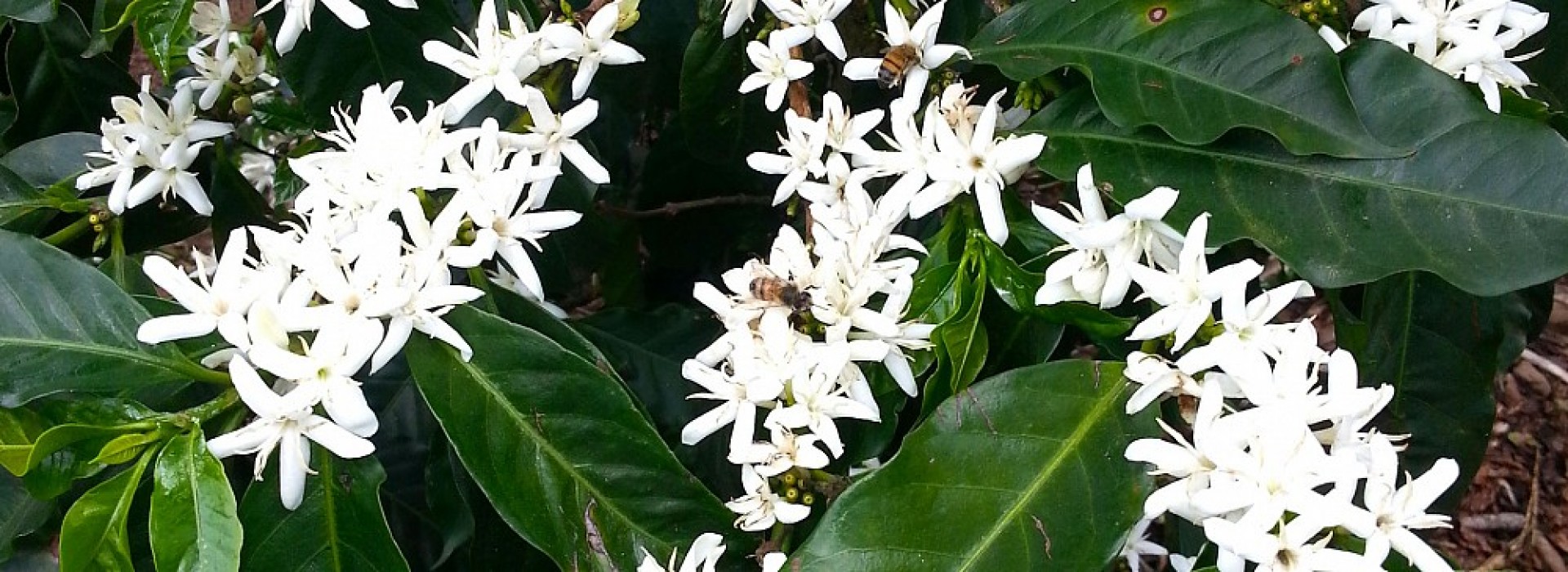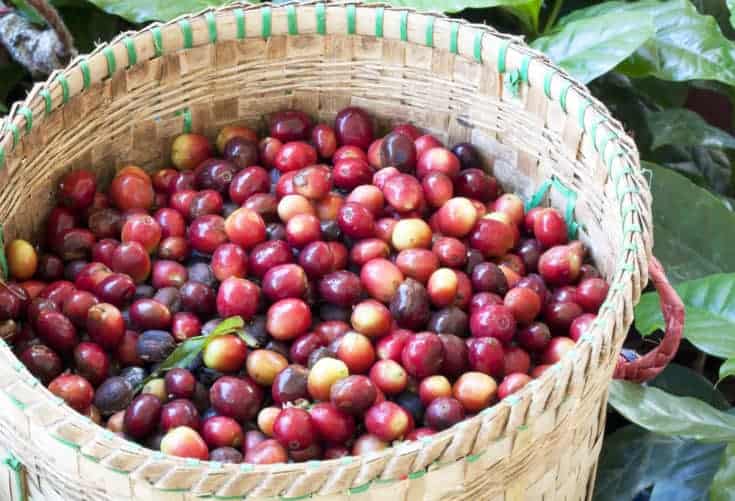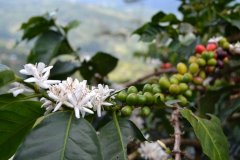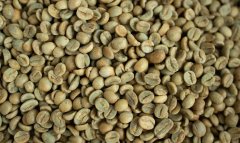Everything you need to know about coffee cherries Coffee is actually a fruit? Coffee processing methods
Not every coffee lover knows that coffee beans are actually the seeds of coffee fruit.
Do you want to know how it changed from fruit to your daily cup? Although the pulp of coffee cherries has a direct effect on the taste of coffee beans, the remaining pulp during processing will be regarded as waste. But it has some surprising benefits and now has some different uses.
Want to know more about this magical pulp?
Is the coffee cherry?
Wait, coffee is actually a kind of fruit?
This is correct. You may know that coffee grows on trees. But what you don't know is that the tree produces fragrant white flowers (some say they smell like jasmine) and turns into cherries like green berries.

When they mature, they appear pink or red and are ready to be picked. Still, there is still a long way to go before they take the form of espresso.
Coffee beans are actually seeds you can find in this cherry-shaped fruit. Technically, the outer skin of the cherry fruit is hard and bitter, and you can find juicy sweet flesh inside, with a sticky layer below to protect the best thing below, beans.

Will it affect your cup?
Some farmers say they can judge the quality of beans by the taste of cherries. Ripe cherries mean darker colors and more developed sugar. Most magic occurs in the method of separating the pulp from the beans.
They distinguish between the two most popular treatment methods. In short, the natural way is to dry the whole cherry and then remove the peel and pulp. The washing method is to delete the beans before you ferment them in water.
Knowing how coffee is processed can more easily improve your expectations for flavor when choosing coffee beans and one of the features you are looking for when choosing a single origin.
Washing is one of the most commonly used methods in the coffee industry, which can produce brighter, more sour and smoother coffee. The coffee produced by natural method tastes fuller, sweeter and more full-bodied.
Important Notice :
前街咖啡 FrontStreet Coffee has moved to new addredd:
FrontStreet Coffee Address: 315,Donghua East Road,GuangZhou
Tel:020 38364473
- Prev

Which coffee varieties are resistant to leaf rust? Control of coffee leaf rust and its harm to economy
When coffee rust first appeared in Brazil, almost all coffee in the Americas, and even almost all commercially produced coffee, could be traced back to a tree planted in King Louis XIV's greenhouse in 1713. Genetic consistency in commercial coffee production poses (and continues to pose) a huge potential risk of devastating epidemics. Wild coffee species have been known for some time
- Next

How long is the shelf life of coffee beans? The aging of raw coffee beans causes the coffee to be too dry and soft.
How long is the shelf life of coffee beans? Raw coffee beans can be preserved for 6 to 12 months, depending on how they are stored and the conditions under which they are stored. When you compare it with six weeks of roasted coffee beans or one or two weeks of ground coffee, it's no wonder more and more people are turning to raw coffee beans. Having said that, the better you take care of raw coffee beans, the longer their life
Related
- Detailed explanation of Jadeite planting Land in Panamanian Jadeite Manor introduction to the grading system of Jadeite competitive bidding, Red bid, Green bid and Rose Summer
- Story of Coffee planting in Brenka region of Costa Rica Stonehenge Manor anaerobic heavy honey treatment of flavor mouth
- What's on the barrel of Blue Mountain Coffee beans?
- Can American coffee also pull flowers? How to use hot American style to pull out a good-looking pattern?
- Can you make a cold extract with coffee beans? What is the right proportion for cold-extracted coffee formula?
- Indonesian PWN Gold Mandrine Coffee Origin Features Flavor How to Chong? Mandolin coffee is American.
- A brief introduction to the flavor characteristics of Brazilian yellow bourbon coffee beans
- What is the effect of different water quality on the flavor of cold-extracted coffee? What kind of water is best for brewing coffee?
- Why do you think of Rose Summer whenever you mention Panamanian coffee?
- Introduction to the characteristics of authentic blue mountain coffee bean producing areas? What is the CIB Coffee Authority in Jamaica?

